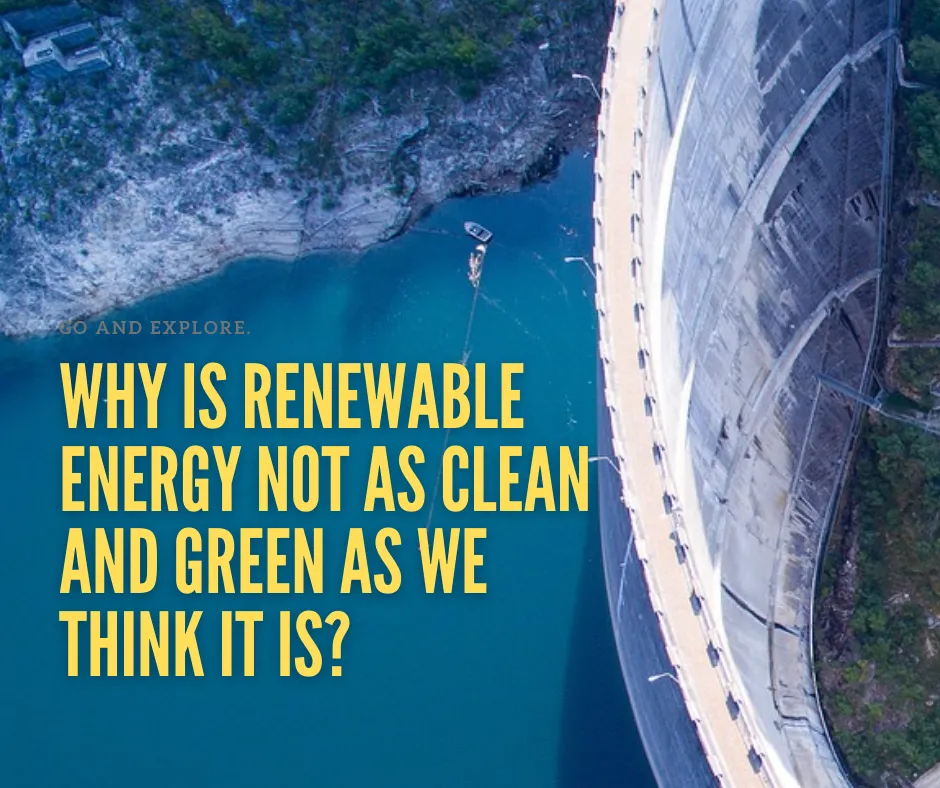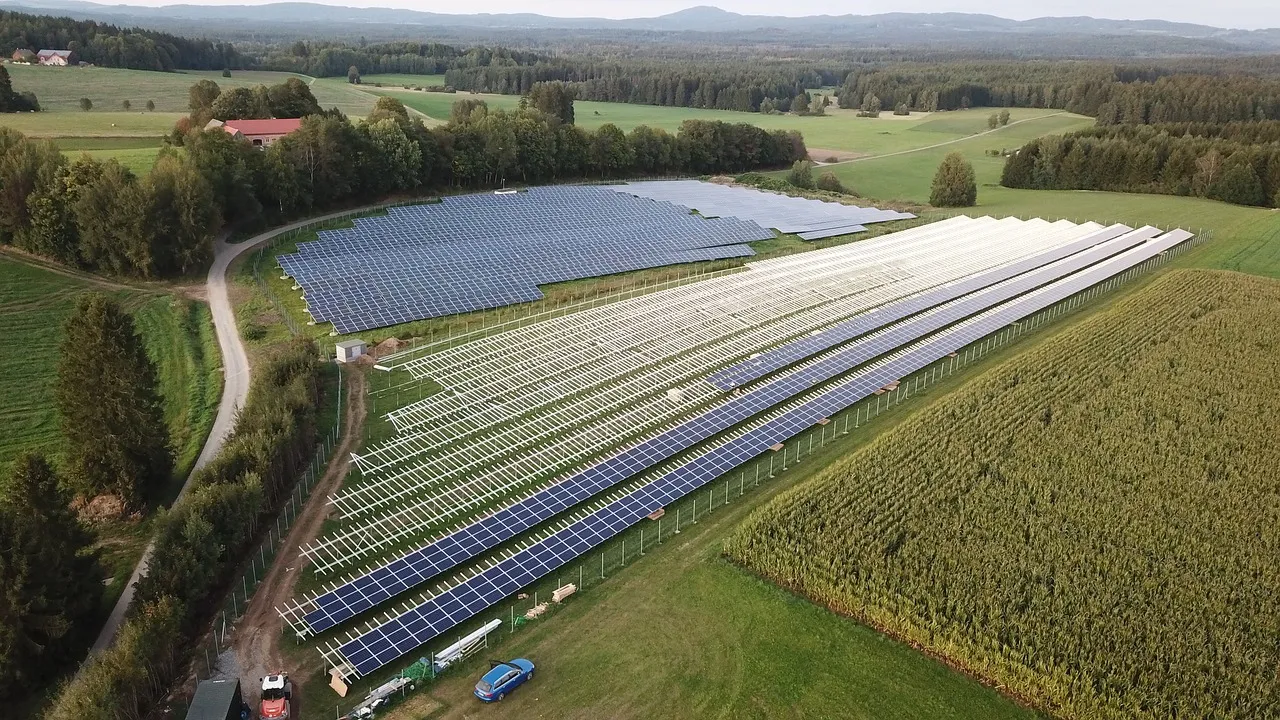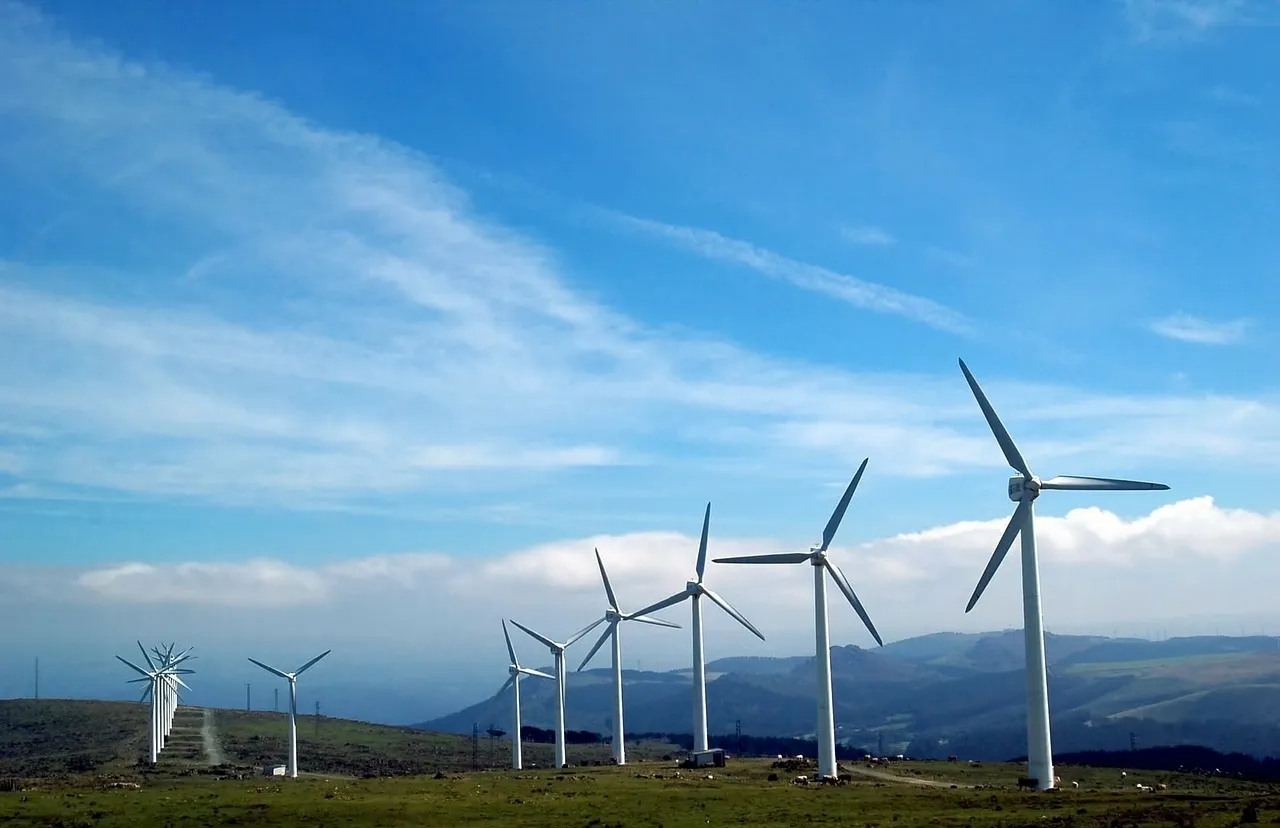
Our world is changing rapidly at an unfathomable speed. Our population balloon to new heights that our energy requirement is surging, and we need to keep up, putting in mind sustainability in the process. Our need for energy and related services to support our social and economic growth, welfare, and health grow. We have no other option but to return to renewables to keep up electricity demands and curve climate change.
We knew what renewable energy is. In simple terms, a source of energy that is constantly replenished and will never go away. It is in stark contrast to fossil fuels, which we currently depend on to generate our electricity. We knew fossil fuels that will eventually run dry as we are steadily depleting them over time. Our pressing problem is renewable energy is not fully developed to cove our energy needs. That is why we heavily rely on fossil fuels even though it is hazardous and environmentally risky.
As the growing call for climate mitigation, many countries vows to intensify energy policies to increase the allocations of renewable energy in our energy profile. With the global green rush, we wean ourselves off fossil fuels has undoubtedly resulted in several renewable energy programs, some appearing sexier and more enticing than others. We have several alternative renewable energy technologies aside From traditional renewable energy like hydropower, wind, solar, and biofuel. It promises innumerable opportunities to meet the energy demand and curve climate change.
We are familiar with the concept of renewable energy, which we have clean energy systems that do not contribute to greenhouse gas emissions or climate change. For example, a sustainable biofuel should not unfavorably affect food security nor threaten biodiversity. Besides, it should not increase the net CO₂ emissions. With renewables accelerate, we see mounting evidence of a lack of social consciousness for renewable energy production, as well as serious environmental harm. It reveals the darker truth of renewables. Are renewable energy green?

(source)
Renewable energy is not green as we think it is.
Studies predicted that the global hydropower market expands over the next few years as it becoming popular and less risky. While we think the prediction is promising, there are several controversies about the socio-environmental sustainability of mega hydropower dams. The intense criticisms over deforestation and the flooding of thousands of hectares of rainforest on mega hydroelectric dam projects in Amazon and Borneo overshadowed the success of these projects in the tropics.
Our tropical rainforest serves as our carbon sink; hence it holds off 210 gigatonnes of carbon. Continuous deforestation accounts for over 15% of greenhouse gas emissions. It speeds up global warming. The flooding in tropical rainforest caused the slowly decaying of rich organic matter which flooded in the mega-dams. As a result, it leads to oxygen deprivation and high acidity of waters, and poor water quality to the household downstream.
Aside from deforestation and flooding issues, Amy Townsend-Small revealed that the anaerobic decomposition of algae and other plant materials in reservoirs leads to methane emission. As a result, hydroelectric dams emit a greenhouse gas that is several times potent than CO₂. That is why the scientific community would not settle with renewables as a completely clean energy resource. Townsend-Small said that it is better on a greenhouse-gas level than using fossil fuels. But we can't neglect the methane emission even we don't have proper monitoring of it, and our data are just extrapolations.
In burning biomass, we could generate electricity by burning agricultural waste and convert methane into less-potent CO₂. We can have a net negative carbon footprint, but it may be more harmful than burning coal when cutting down a forest without replanting it for us to have electricity. Although using human and animal waste to produce electricity reduces carbon emissions, it increases dangerous methane emissions. Kevin Fingerman pointed out that we can't have a blanket statement of its efficacy due to huge variability in how we sourced the fuels and their type. Biogas can significantly contribute to reducing greenhouse gas emissions. We must pay attention to undesired emissions of methane and nitrous oxide. We must have proper biomass storage and management.

(source)
Solar energy becomes more promising than ever. We can know manufacture solar panels at a lesser cost, and it is more compact and portable. However, we still have a few issues with solar energy that we shy out to discuss. Many people debate whether their manufacture and waste produce more pollutants than the fossil fuels, which it aims to replace. In most solar recycling plants, they remove the valuable silver and copper from the cells and burned the contaminated glass and plastic casing in a cement oven to recycle it. The harsh reality is that it is cheaper and more convenient to dump unusable solar panels on land fields or ship them to third-world countries.
While we have a well-constructed landfill that should retain our hazardous waste, a developing country may have issues with a lack of infrastructure or procedures to appropriately dispose of imported solar panel trash. Studies showed that heavy metals like lead and cadmium leach out of the solar panels. As a result, these metals pollute our groundwater, and it affects plants too. Our health is at risk when we get exposed to these heavy metals. Lead can impair brain development in children, while cadmium is a carcinogen.
We can expect about 80 million tons of solar waste by 2050 when we continue to adopt solar power in our energy profile. Aside from concerns about recycling solar panels, a utility-scale solar plant takes up a large area and can interfere with current land use. It results in acres of land being clear out and graded to fit in the solar plant, which causes soil compaction, erosion, and drainage rerouting.
Wind energy generation has a sizable market share in the global renewable energy market; hence several wind farms are on schedule to be built in the next few years. Windmills produce the least amount of energy, despite their popularity as a clean energy source. The power that we can get from the wind is a function of the cube of the wind speed. We can achieve a cost-effective operation when we use large turbines at wind speeds of about 13 mph. It has the most physically arduous waste stream that we need to address. The sheer size of windmills is problematic to dispose of after its life cycle.
The afterlife issues of wind and solar farms require environmental remediation like coal mining or other natural resource extraction to ensure that we can properly clean up and dispose of windmills waste. Apart from waste disposal concerns, the wind energy industry has come under fire for its impact on birds and other wildlife. We can account for several bird and bat deaths due to collisions with wind turbines and air pressure changes induced by spinning turbines.

(source)
There is always a trade-off.
Renewable is indeed an improvement relative to burning coal, but it is not as carbon-neutral as we think it is. It may represent advantages over burning coal, but it has its drawback and pressing concerns. We don't have a shortage of our ingenuity to address the energy demand and climate change at once. We should remember that we can't assume the inherent superiority of renewable over non-fossil fuels. All energy resources have an environmental cost.
Our large-scale renewable energy projects may not be as green and clean as predicted. There is always a trade-off. There are intense criticisms over deforestation and flooding due to mega hydroelectric dam projects, in which deforestation increased greenhouse gas emissions by over 15%. We may get a negative carbon footprint for biomass plants, but cutting down a forest without replanting it for us to have electricity to fuel it is harmful than burning coal.
Solar panel recycling is an ongoing issue and may reach new heights if not mitigated. Solar recycling plants only remove the valuable metals and burned the contaminated glass and plastic casing in a cement oven to recycle it. In some cases, people opt out to dump it in a landfill or export it to a third-world country; hence it is cheaper and more convenient. Besides, we can have health risks with solar waste due to leaching out of heavy metals like lead and cadmium.
Windmills have waste disposal issues too. Hence windmills have a sheer size; it is physically arduous to dispose of them. Wind and solar farms need environmental remediation, ensuring adequate clean-up and disposals, such as coal mining or other natural resource exploitation. Again, renewable improves our greenhouse gas emissions relative to burning coal, but it is not as clean and green as we think it is.
References
- Kamala Vainy Pillai, PhD, Is Renewable Energy Really Green?
- James Watkins, Why Renewable Energy is not as clean as you think
- Emma Searson, Net-zero, 100% renewable or clean: With so many energy targets out there, what should we really be aiming for?
- Conor Prendergast, Solar Panel Waste: The Dark Side Of Clean Energy
- Pradhnya Tajne, The Dark Side of Renewable Energy: Negative Impacts of Renewables on the Environment
- Amy Joi O'Donoghue, The dark side of ‘green energy’ and its threat to the nation’s environment: What happens to old solar panels, windmills and high tech batteries?
- Valerio Paolini, Environmental impact of biogas: A short review of current knowledge
- Diane S. Katz, The Trade-Offs of Renewable Energy
- Susan Tierney and Lori Bird, Setting the Record Straight About Renewable Energy
- Lee Beck and Jennifer T. Gordon, The devil's in the details: Policy implications of 'clean' vs. 'renewable' energy
